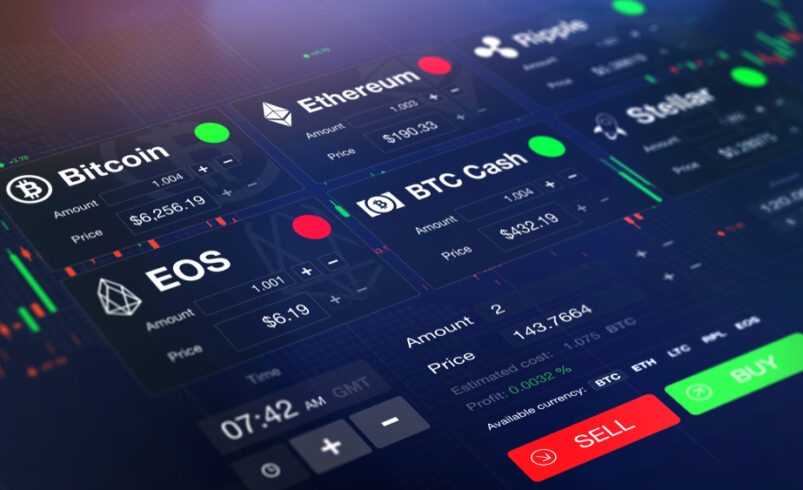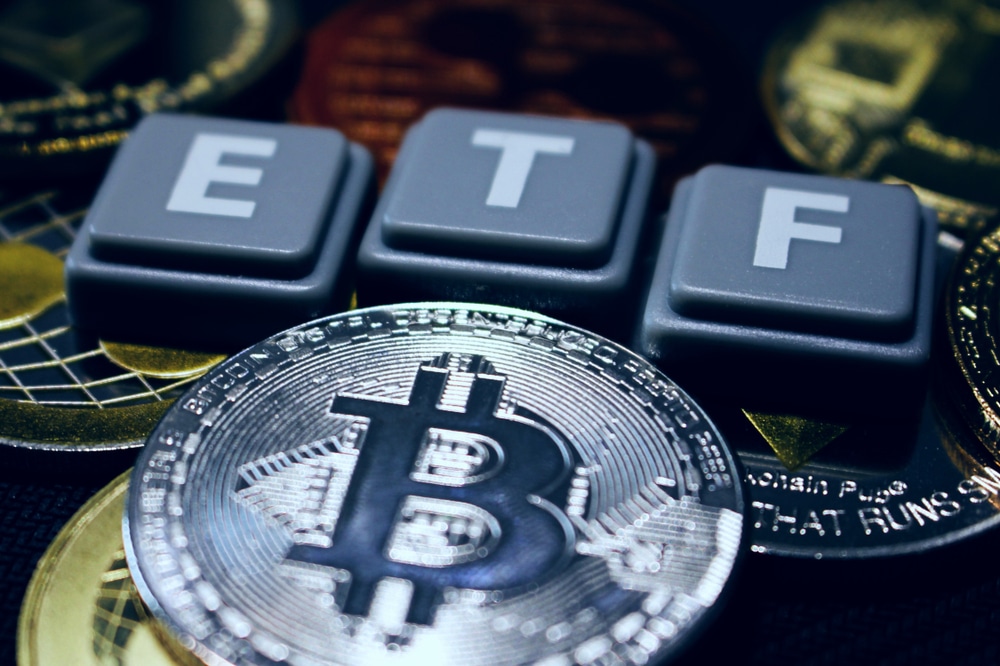Soft vs Hard Fork: An Insightful Overview

Blockchain development has witnessed the emergence of forks as a significant instrument. These forks address a myriad of concerns put forth by blockchain enthusiasts. The subsequent sections elucidate the distinctions between soft and hard forks.
Since its inception in 2008, the blockchain infrastructure has been perceived as static and unalterable. Users were bound by its foundational principles, leaving no scope for grievances. Challenges like software bugs, unauthorized transactions, and security vulnerabilities seemed irremediable. However, a pivotal shift transpired in 2016. Ethereum’s progenitor, Vitalik Buterin, pioneered the fork methodology to recuperate misappropriated funds from a project on Ethereum. This innovation cemented the fork’s stature as an indispensable tool in blockchain refinement, addressing numerous user concerns.
Deciphering Soft Forks
A soft fork signifies a method that introduces new regulations to a blockchain network while retaining compatibility with previous versions. It doesn’t mandate nodes and miners to immediately transition to the updated version. Yet, many of them are encouraged to adopt the newer version. This fork fosters a harmonious coexistence between the preceding and succeeding blockchains.
Bitcoin’s SegWit (Segregated Witness) is a prime example of a soft fork. Launched in 2017, it aimed to fix transaction malleability and boost Bitcoin’s capacity to scale. The Bitcoin community agreed on tackling specific functional challenges, like restricted block space and extended transaction durations. SegWit emerged as the solution, refining space usage for increased transactions and hastening the validation procedure.
Decoding Hard Forks
In contrast to soft forks, hard forks carve out an alternate blockchain trajectory that runs concurrently with the original. This fork type is not backward-compatible, necessitating all nodes and miners to migrate to the new chain. Both versions operate autonomously, devoid of any interplay. Hard forks can be executed to rectify security lapses, introduce novel trading functionalities, overhaul the cryptocurrency version, or even reverse specific transactions.
After implementing the SegWit soft fork, specific Bitcoin nodes raised concerns about the network’s transactional bandwidth limitations. This gave birth to Bitcoin Cash (BCH), designed to handle transactions as large as 32MB. While Bitcoin Cash was created as an answer, it split into Bitcoin Cash ABC and Bitcoin Cash SV, each championing unique objectives. Other hard forks like Bitcoin Gold (BTG) and Bitcoin Diamond (BTCD) have also emerged.
2016, the Ethereum platform introduced the Decentralized Autonomous Organization (DAO). Following its debut, it garnered over $150 million via fundraising efforts. A subsequent security vulnerability resulted in an unauthorized transfer of $60 million in Ethereum. Ethereum rolled out a new blockchain to address this, allowing the original holders to recover their holdings. Simultaneously, a soft fork was initiated to prevent the culprits from accessing the diverted funds.
Soft Forks versus Hard Forks
A blockchain has the discretion to select its desired fork. Notably, a hard fork is incompatible with the preceding blockchain version, whereas a soft fork retains compatibility with the older version. A hard fork entails a comprehensive alteration of the blockchain protocol, mandating all nodes to transition to the new version. Conversely, a soft fork necessitates only an optional upgrade to the existing version. Regrettably, there’s a potential for developers to unduly influence miners to validate transactions that contravene the blockchain’s regulations.
A hard fork exposes a blockchain to risks such as fund loss and double-spending incidents. Community discord may arise if a hard fork is contentious. A meticulously orchestrated hard fork can facilitate widespread adoption. A blockchain community can often execute soft forks without any societal discord. Nonetheless, a significant number of blockchain developers and nodes exhibit a preference for hard forks.
Advantages of Forks for Investors
Forks present multiple benefits. They furnish a mechanism to modify the blockchain, a steadfast digital ledger technology. A fork propels the progressive evolution of a blockchain. Additionally, it empowers traders and investors to advocate for superior blockchain performance, paving the way for enhanced storage and speed capabilities. Following a successful hard fork, investors are endowed with an equivalent quantity of the original cryptocurrency in the new currency.
Regrettably, the fork procedure is susceptible to dump attacks orchestrated by crypto whales and substantial investors. They can acquire extensive quantities of the native token before the fork, thereby obtaining a more considerable quantity post-fork. Predictably, this fundamental impact escalates the price of the parent cryptocurrency. Subsequently, these whales divest the pre-acquired tokens, causing a sharp decline in the tokens’ price. This constitutes an inequitable method of reaping benefits from a fork. However, specific blockchains have the provision to halt trading activities preceding the initiation of the fork.
Conclusion
A substantial number of software, games, and systems necessitate periodic upgrades to their operational protocols, and blockchain networks are no exception. Forks provide a conduit for the implementation of proposed upgrades. Through a fork, blockchain developers, miners, and nodes have the opportunity to augment the efficiency and productivity of the blockchain.
Hard and soft forks are instrumental in the upkeep and enhancement of a decentralized network. Additionally, forks contribute to bolstering the security framework of a blockchain.
DISCLAIMER: It's essential to understand that the articles on this site are not meant to serve as, nor should it be construed as, advice in legal, tax, investment, financial, or any other professional context. You should only invest an amount that you are prepared to lose, and it's advisable to consult with an independent financial expert if you're uncertain. To obtain more information, kindly examine the terms of service and the assistance and support resources made available by the issuing or advertising entity. Our website is committed to delivering accurate and unbiased news, yet it's important to note that market conditions may change rapidly. Also, be aware that some (but not all) articles on our site are compensated or sponsored.








